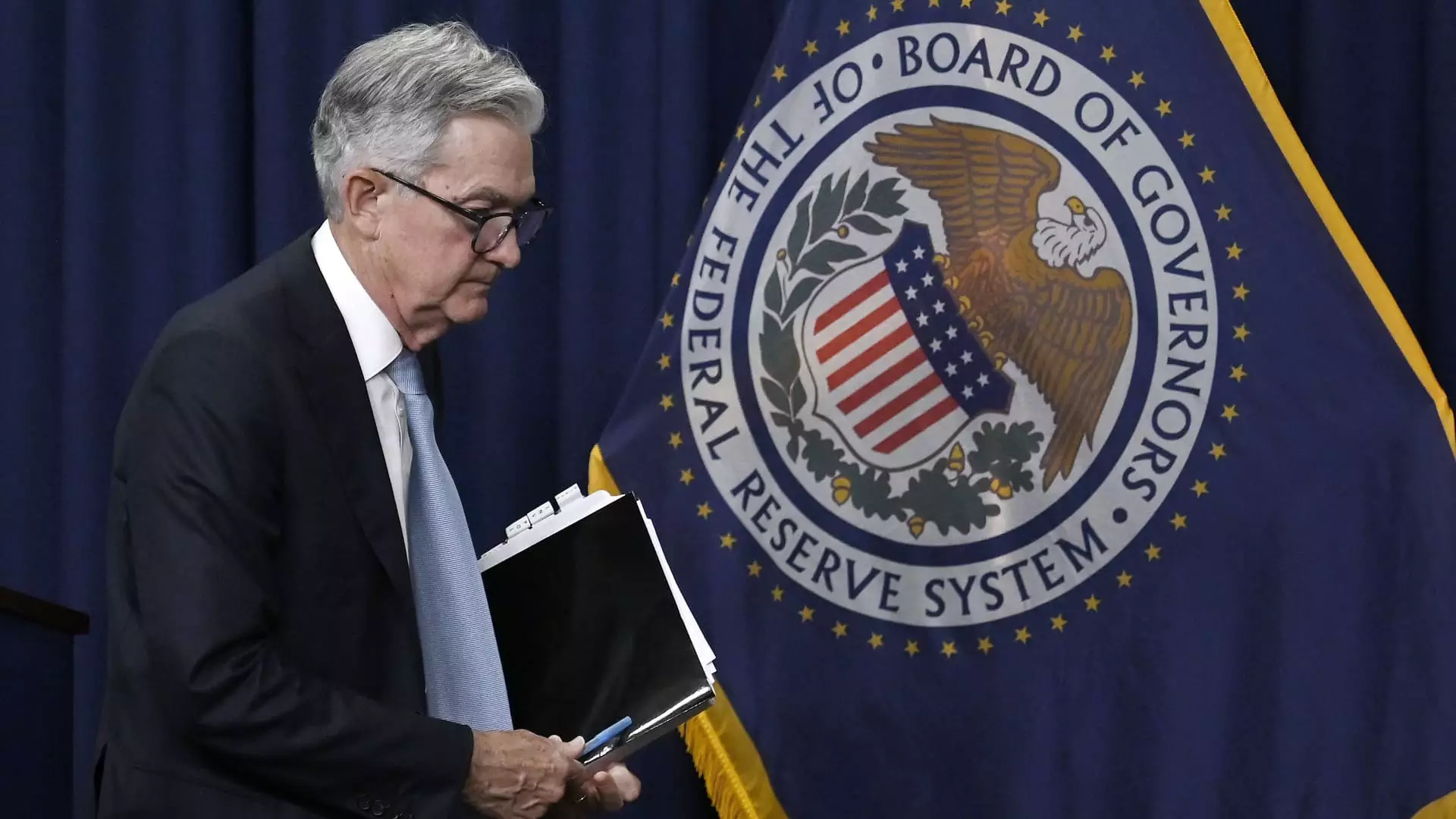Recent weaker-than-expected economic data has raised concerns about the possibility of an emergency rate cut by the U.S. Federal Reserve. Claudia Sahm, chief economist at New Century Advisors, believes that while there is no immediate need for an emergency cut, there is a strong case for a 50-basis-point cut to ease restrictive monetary policy.
Sahm introduced the Sahm rule, which indicates the beginning of a recession when the three-month moving average of the U.S. unemployment rate is at least half a percentage point higher than the 12-month low. The recent lower-than-expected manufacturing numbers and higher-than-forecast unemployment have fueled recession fears. The U.S. employment rate currently stands at 4.3% in July, crossing the 0.5-percentage-point threshold.
Sahm warns that the Federal Reserve needs to be proactive and not wait too long before cutting rates, as interest rate changes take time to impact the economy. She emphasizes the importance of the Fed starting to ease gradually ahead of time to mitigate the risk of a recession. Although the U.S. economy is not currently in a recession, Sahm acknowledges that further weakening could push it into one.
To prevent a recession, Sahm stresses the need for the labor market to stabilize and for growth to level out. This stability is crucial to ensuring that the economy does not slide into a recession. While there is no guarantee of where the economy will go next, Sahm believes that taking preemptive measures such as a rate cut could help steer the economy in the right direction.
The Federal Reserve’s approach to interest rates has been the subject of much debate in light of recent economic indicators. While an emergency rate cut may not be necessary at this time, there is a strong argument for a more gradual easing of monetary policy. By following the Sahm rule and monitoring key economic indicators, the Fed can better prepare for potential risks and steer the economy towards stability.


Leave a Reply